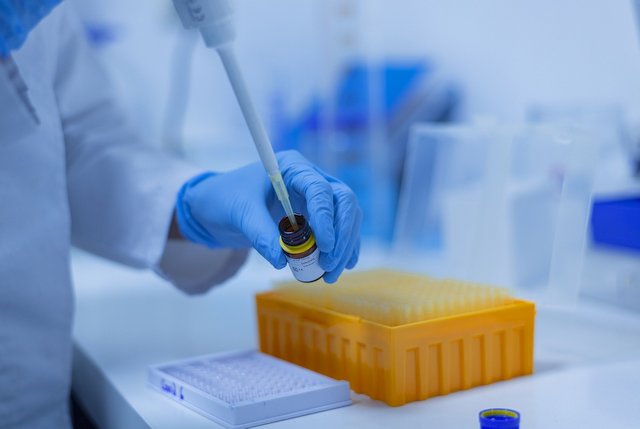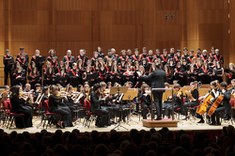A new transistor for quantifying SARS-CoV-2 neutralising antibodies

A fast, effective, reliable, and low-cost new technology aimed at quantifying SARS-CoV-2 neutralising antibodies in the blood, but also at testing the efficacy of new vaccines against COVID-19. The device was developed by a research team led by scientists from the University of Bologna and presented in Communications Materials, a journal of Nature Group, the device.
It is an “organic electrochemical transistor” (OECT), based on a special conductive polymer (PEDOT:PSS), which allows to monitor the integrity of cell tissue remotely and in real-time, thus helping understand whether or not a coronavirus-infected in vitro culture is protected by the neutralising antibodies found in the blood serum. This is the first time this type of assay has been used on SARS-CoV-2, and the same tool could in the future be adapted for other types of viruses.
"Today we have a strong need for tools that can quickly and effectively assess the presence of neutralising antibodies in patients infected with SARS-CoV-2 because this information is significant in clinical practice," explains Francesco Decataldo, a researcher at the Department of Physics and Astronomy "Augusto Righi" of the University of Bologna, and first author of the study. "Furthermore, it is vital to understand the relationship between the measured immunity and the clinical protection against coronavirus to plan the next steps in COVID-19 vaccine development."
Serum neutralisation tests are now the best method to assess the presence and level of neutralising antibodies in blood serum. One of the most widely used tools for this purpose is the plaque reduction neutralisation test (PRNT), which requires long response times, significant costs, specialised operators, and toxic materials.
As an alternative to this model, researchers of the University of Bologna have designed and implemented a new technology: an automated integrated system called TECH-OECT (Tissue Engineering Cell Holder for Organic Electrochemical Transistors). This technology uses electrical measurements to obtain an accurate real-time quantitative analysis of the neutralising serum. The prototype allows up to six cell cultures to be analysed simultaneously, giving reliable results in less than 48 hours. Moreover, the device is reusable up to three times, which reduces waste production, and does not require the use of toxic substances, thus ensuring the safety of operators.
"This is not only a low-cost device but also a scalable one, which could enable rapid large-scale screening of neutralising antibody levels in the population," adds Beatrice Fraboni, a professor at the University of Bologna who co-ordinated the study with Alessandra Scagliarini and Vittorio Sambri, who stress that “this technology could easily be adapted to analyse the response of neutralising antibodies to other types of viruses.”
The study was published in the journal Communications Materials under the title “Fast and real-time electrical transistor assay for quantifying SARS-CoV-2 neutralizing antibodies.” Francesco Decataldo, Marta Tessarolo, Maria Calienni, and Beatrice Fraboni from the "Augusto Righi" Department of Physics and Astronomy of the University of Bologna took part in the study in collaboration with Catia Giovannini, Carla Cacciotto, Vittorio Sambri, and Alessandra Scagliarini from the Department of Experimental, Diagnostic and Specialty Medicine.
Other participants were researchers from the Microbiology Operational Unit of the Laboratorio Unico of the AUSL (Local Health Authority) Romagna (Vittorio Sambri, Laura Grumiro, Maria Michela Marino, Martina Brandolini, Giorgio Dirani, Francesca Taddei) as well as the Experimental Zooprophylactic Institute of Lombardy and Emilia-Romagna “Bruno Ubertini” (Francesca Faccin, Davide Lelli, Antonio Lavazza).





